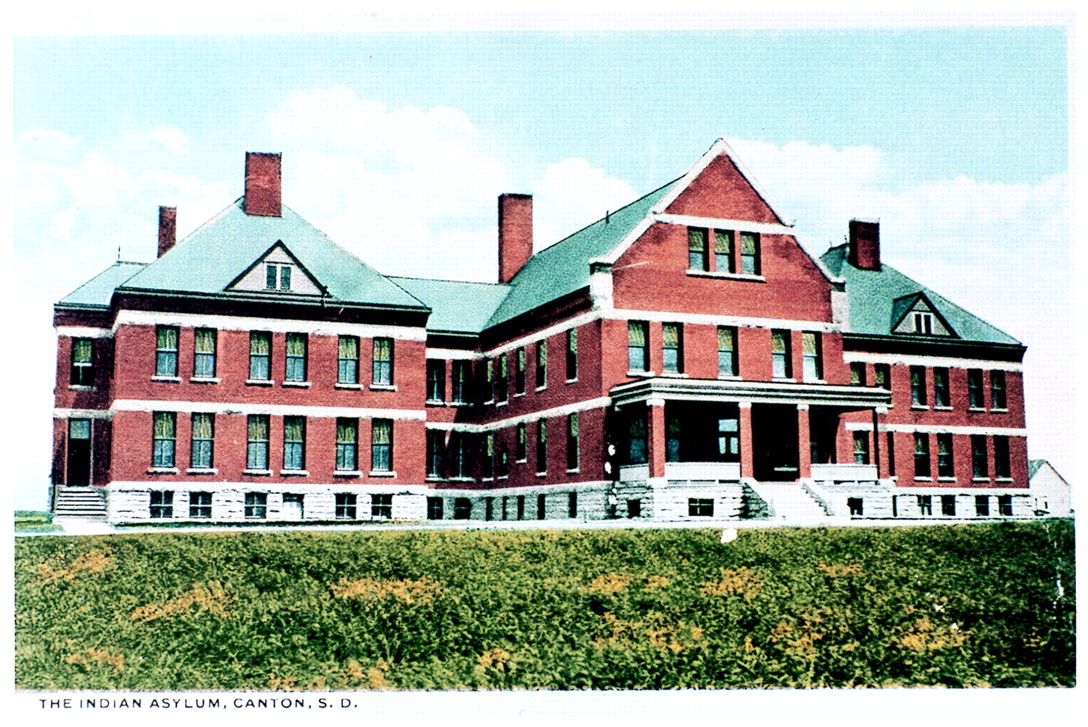Two cycles of reforms aimed at improving the care of Native Americans occurred during the first half of this century. The first cycle involved the creation of a separate facility for native populations in 1903 at Canton, S.D.: the
Hiawatha Asylum for Insane Indians. The promoters of this asylum were genuinely concerned with alleviating suffering among Native Americans by providing better care than jails, “hospitals,” or workhouses for the mentally ill, who were often homeless and poorly treated by the community. They argued that a separate institution for Native Americans was needed because they had unique mental health “afflictions.” In less than three decades after the hospital opened, the reformers were attacked for poor mental health care at the asylum. This led to the second cycle of reform. Changes in concepts of provision of mental health care led Interior Secretary Harold Ickes to order the asylum closed in 1933. Thus, an experiment in segregated care for Native Americans ended. All patients were either discharged or transferred to St. Elizabeths Hospital in Washington, D.C., in 1934. Many Canton residents still remember fondly their relatives employed by the hospital, who cared for the patients.
This asylum retains special importance in the history of mental health services for Native Americans. Under the leadership of the first superintendent, O.C. Gifford (1903 to 1908), the hospital census increased and remained close to the full capacity of 92. The patient population represented nearly 30 Native American tribes from as far as California. Frequent diagnoses included dementia, melancholia, epilepsy, alcoholism, syphilis, “congenital imbecility,” and plain “insanity.” In the 1920s, the hospital admitted World War I veterans whose native languages had been used in coded allied communication that Germans could not crack. In 1908, Dr. Hummer became the second superintendent. Under his leadership the hospital was expanded. A new brick hospital (at a cost of $35,000) was added in 1916, a dairy and barn ($5,000) in 1917, and 277 acres of farmland in 1926. Purchases for patients included an operating room and hydrotherapeutic equipment. The treatment was provided in a parklike environment. Medications included Dover’s powder, ammonium bromide, and potassium bromide.
Closure of this asylum was a turning point in the public and the government perception of the mental health needs of the Native American population. The concept of separate inpatient mental health facilities for Native Americans was dropped. Today, policy makers and the public are more aware of the cultural differences and are sensitive to the needs of Native Americans and other ethnic groups. Staff in psychiatric facilities undergo training in cross-cultural issues; this has come a long way in helping to successfully care for multiple ethnic groups, including Native Americans, under the same roof. After the asylum closed, South Dakota used the building as a penitentiary farm for first offenders. In 1946, in the “second Manhattan Purchase,” the city of Canton purchased the property for $1.00 for recreational use. The buildings were razed to make room for the new Canton-Inwood hospital and a golf course. There is an annual commemoration at the old asylum grounds to remember the Native Americans buried in the cemetery. This event has become a meeting point for many Native American communities.


